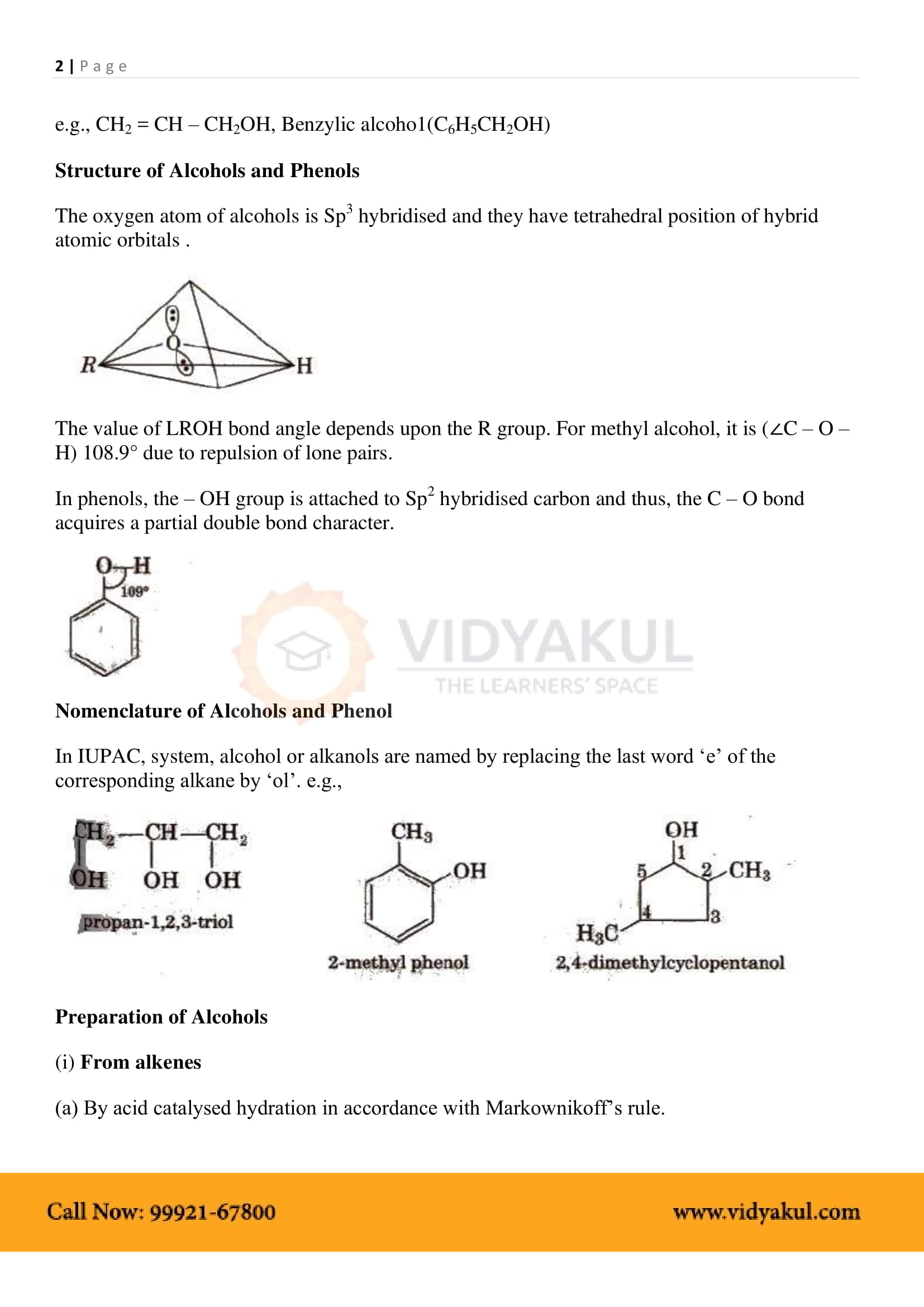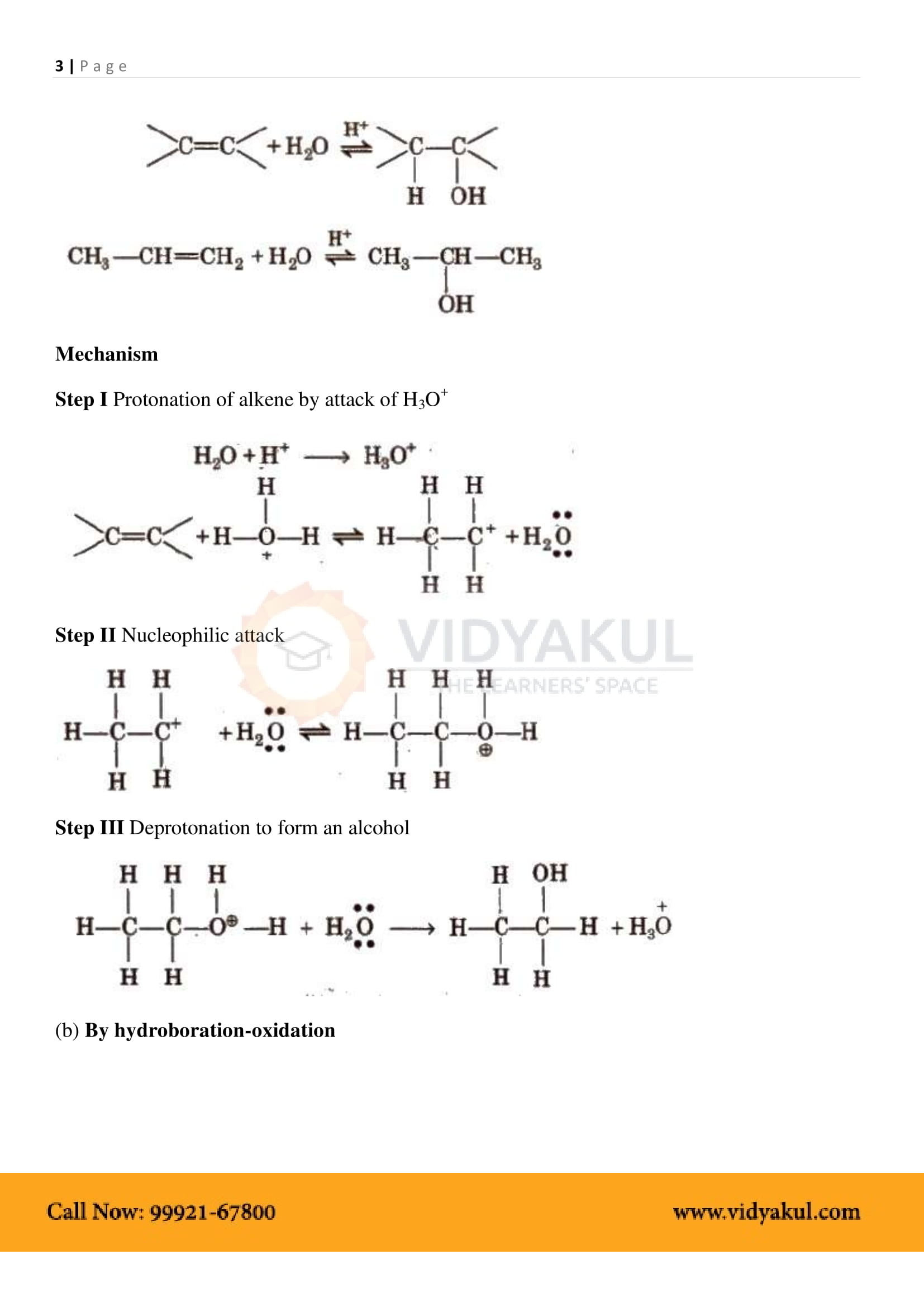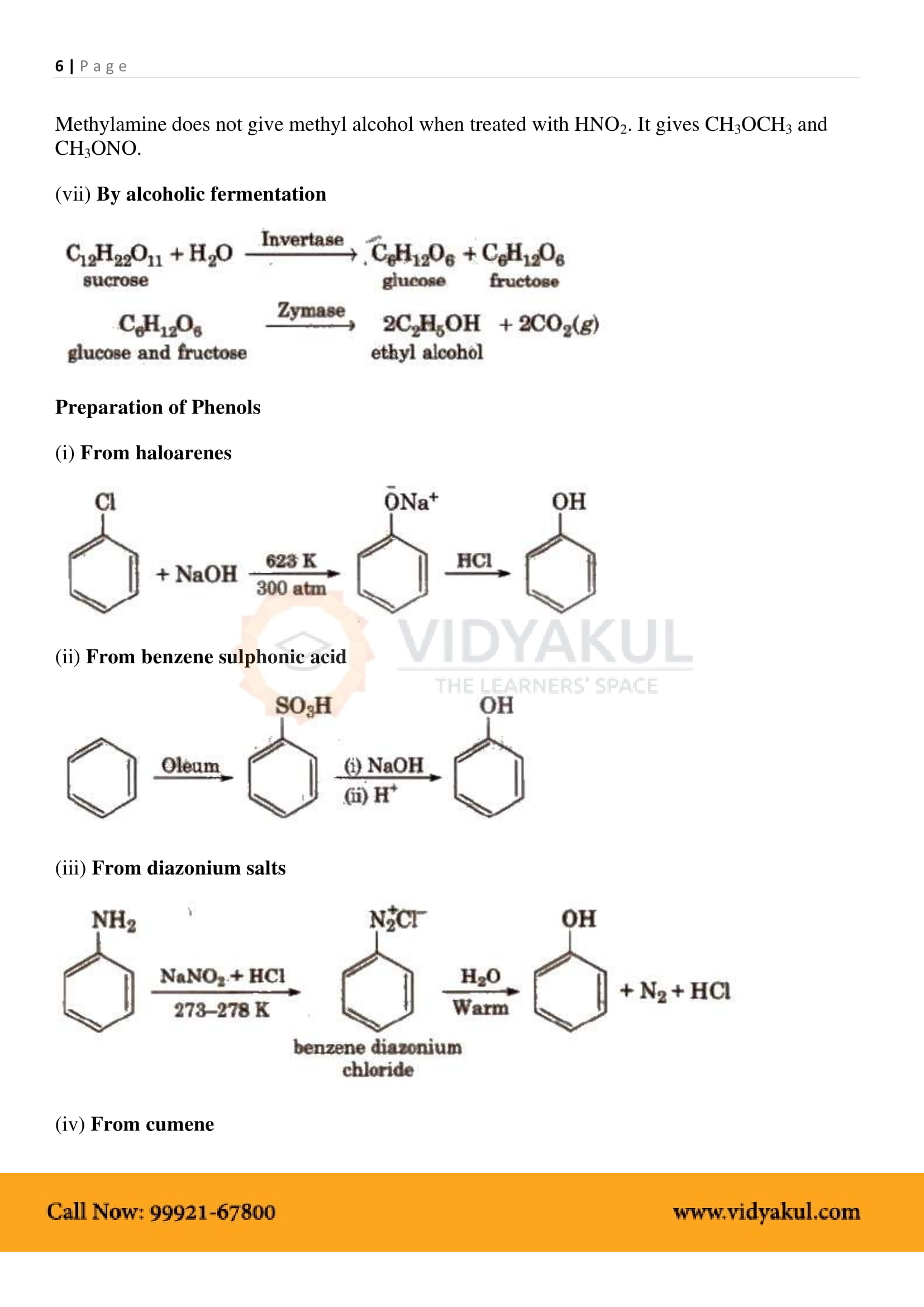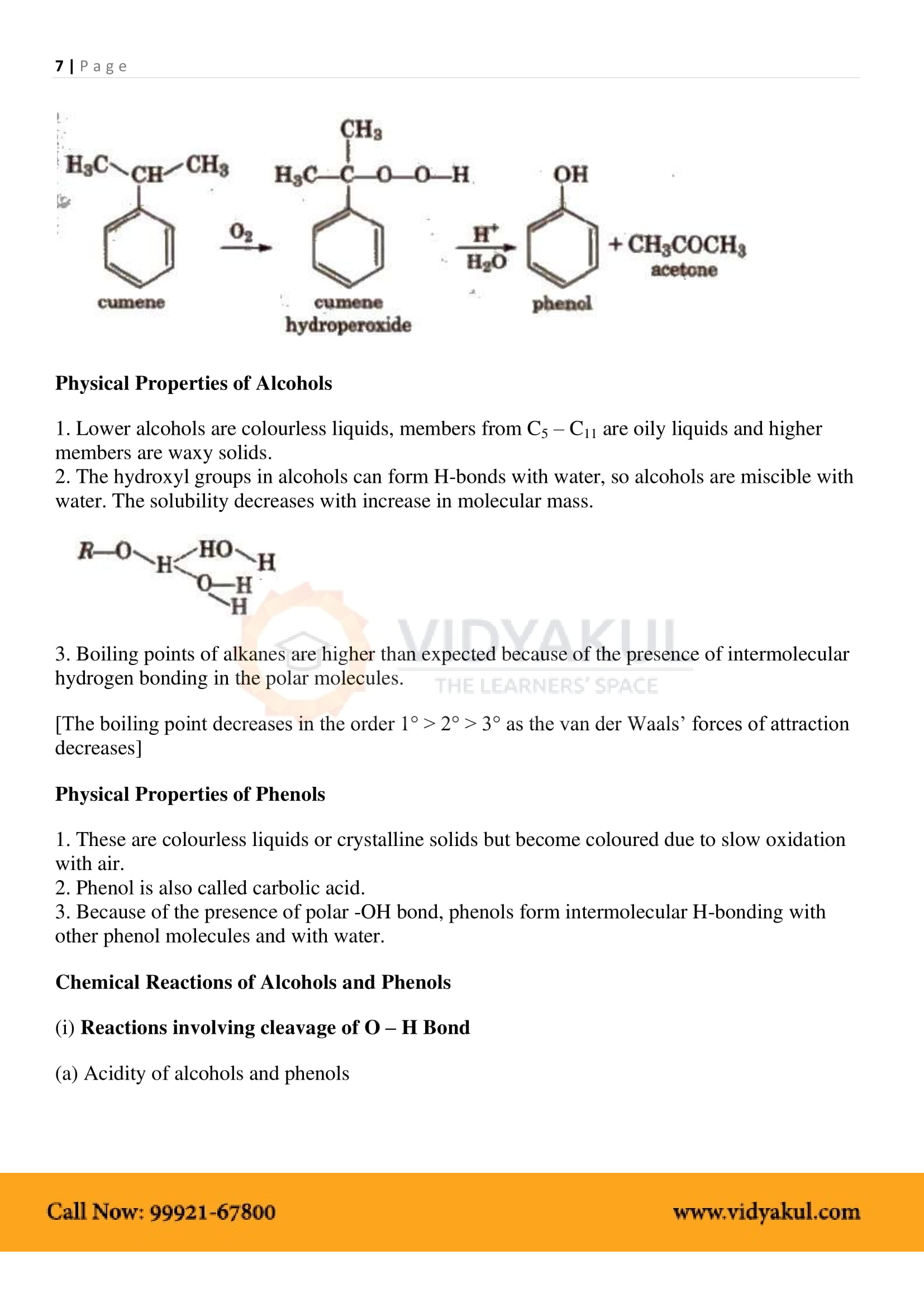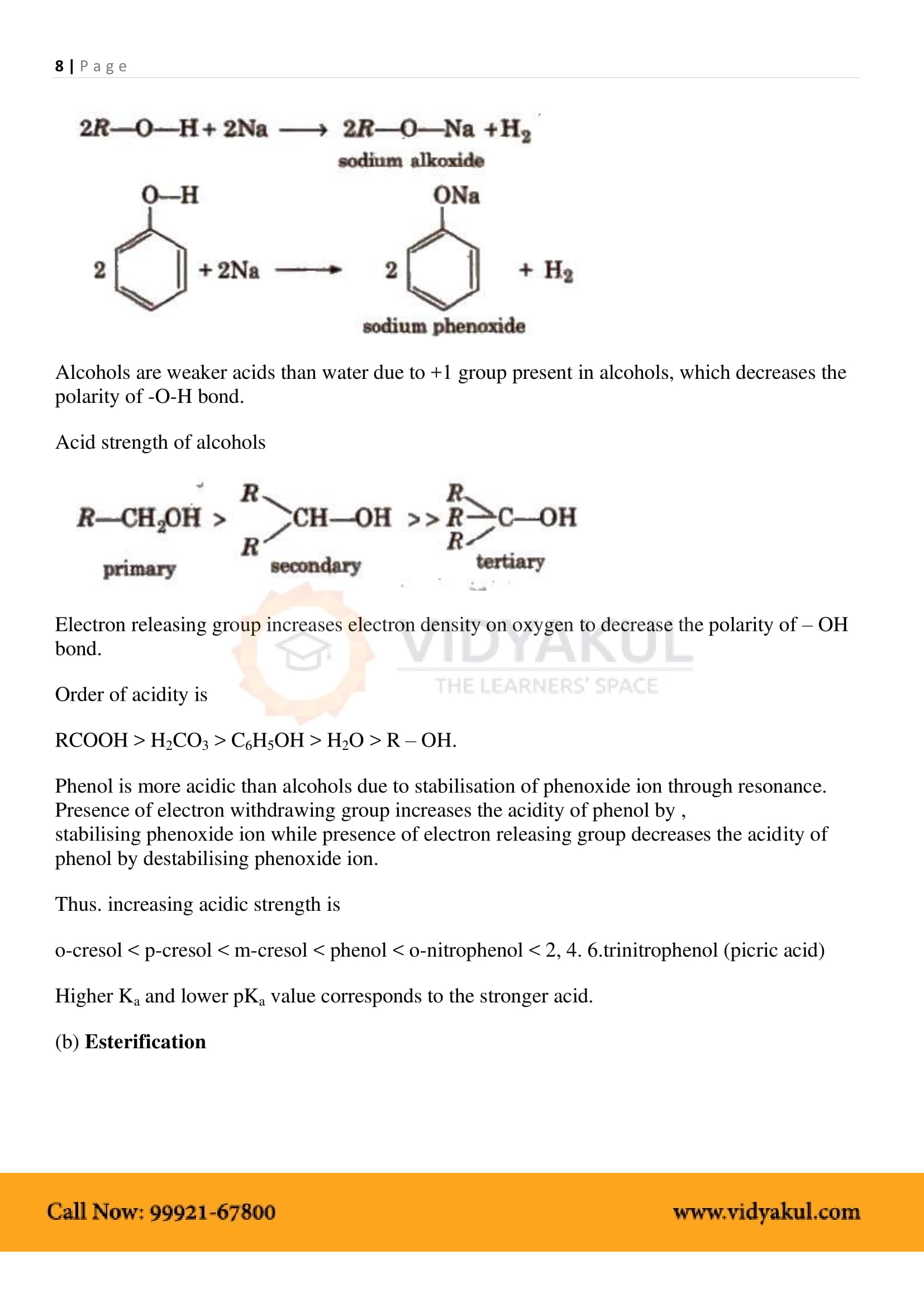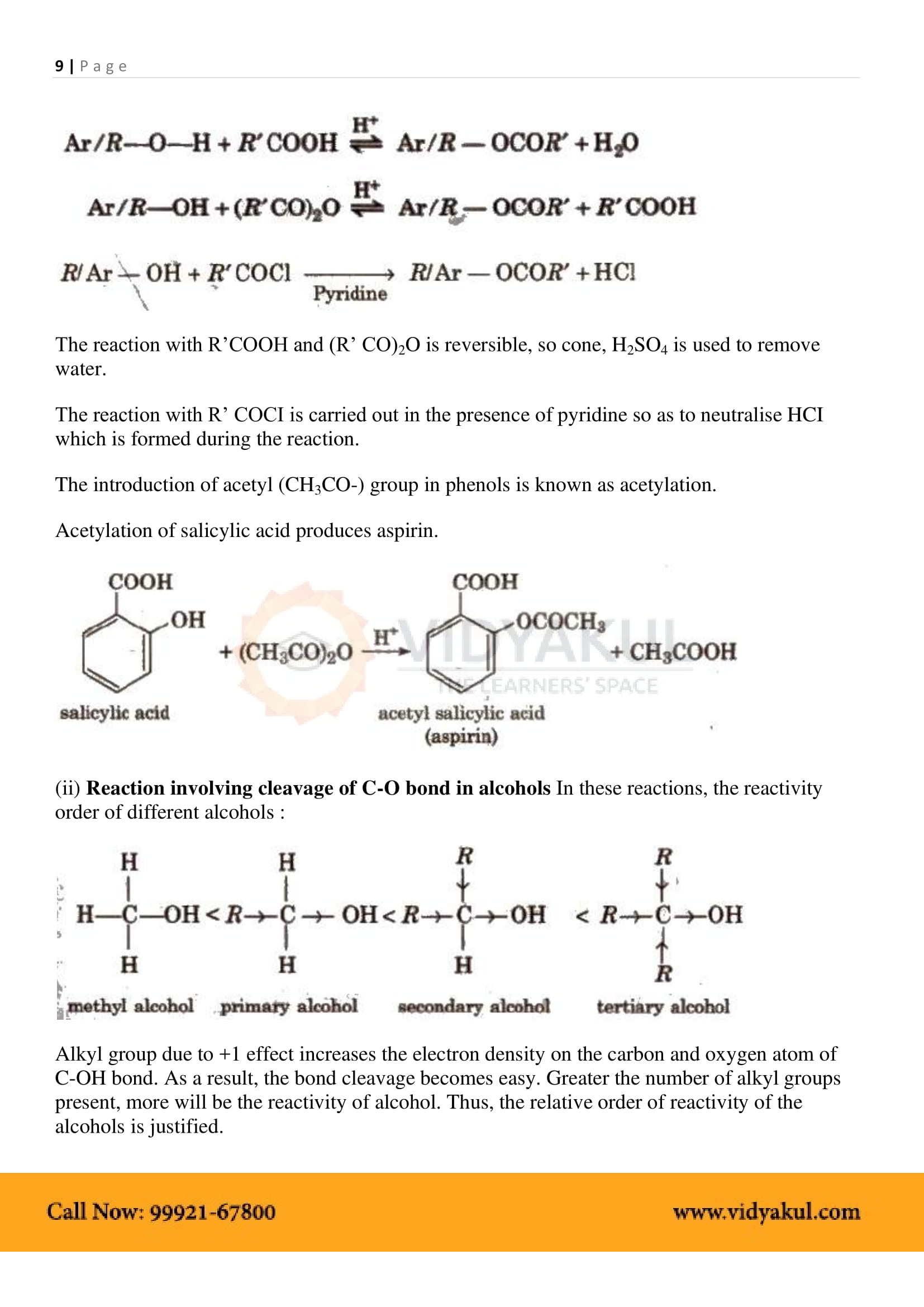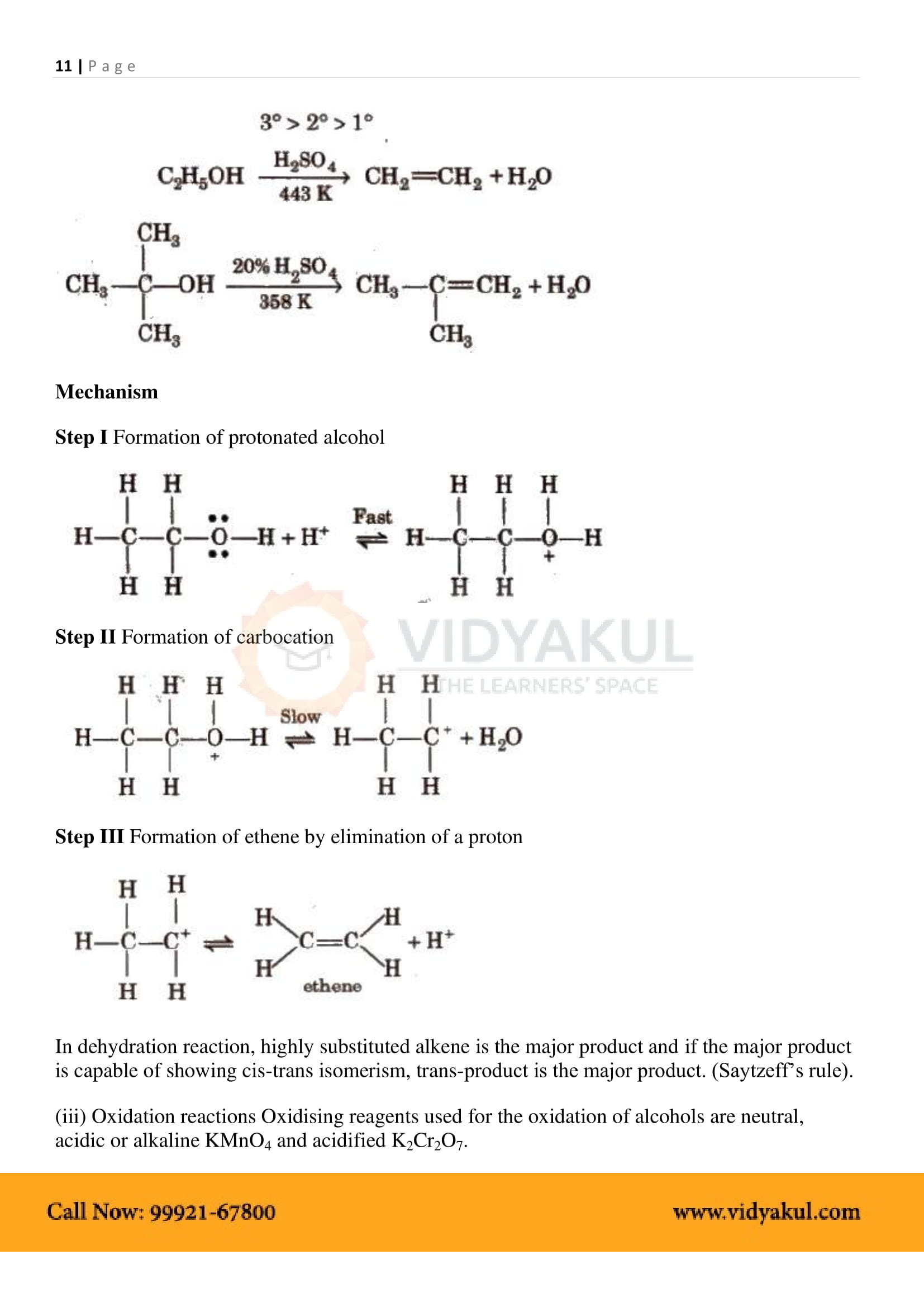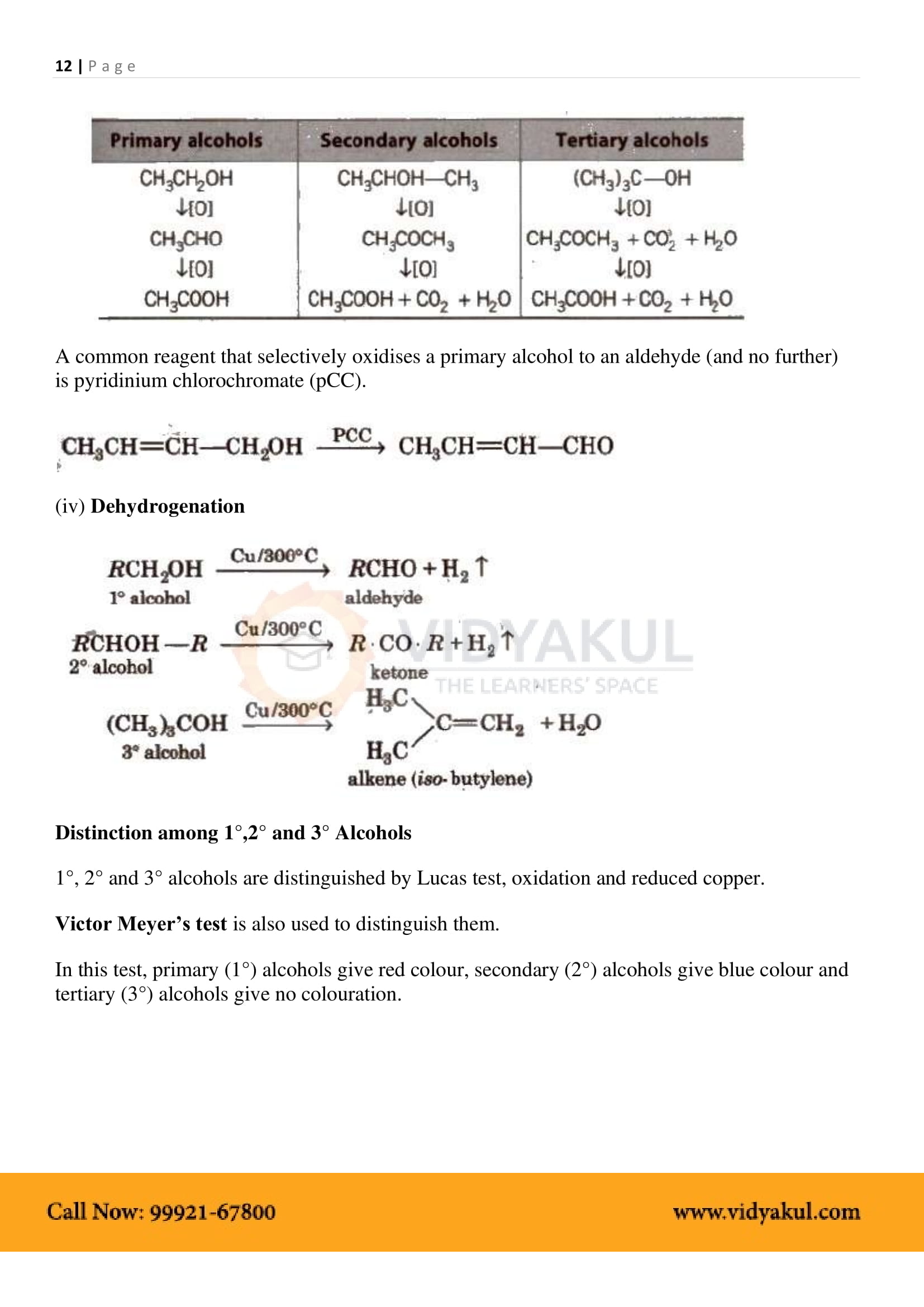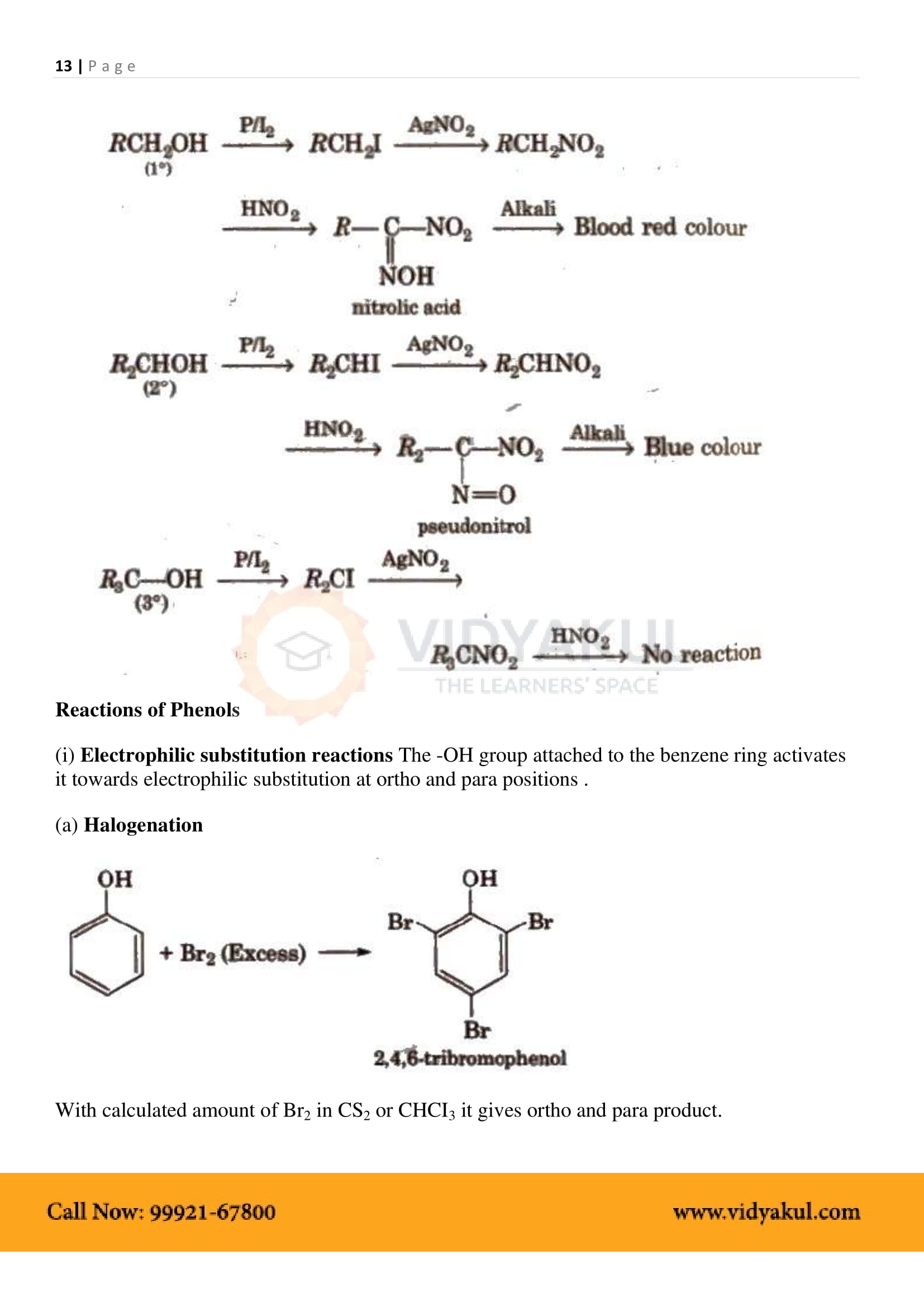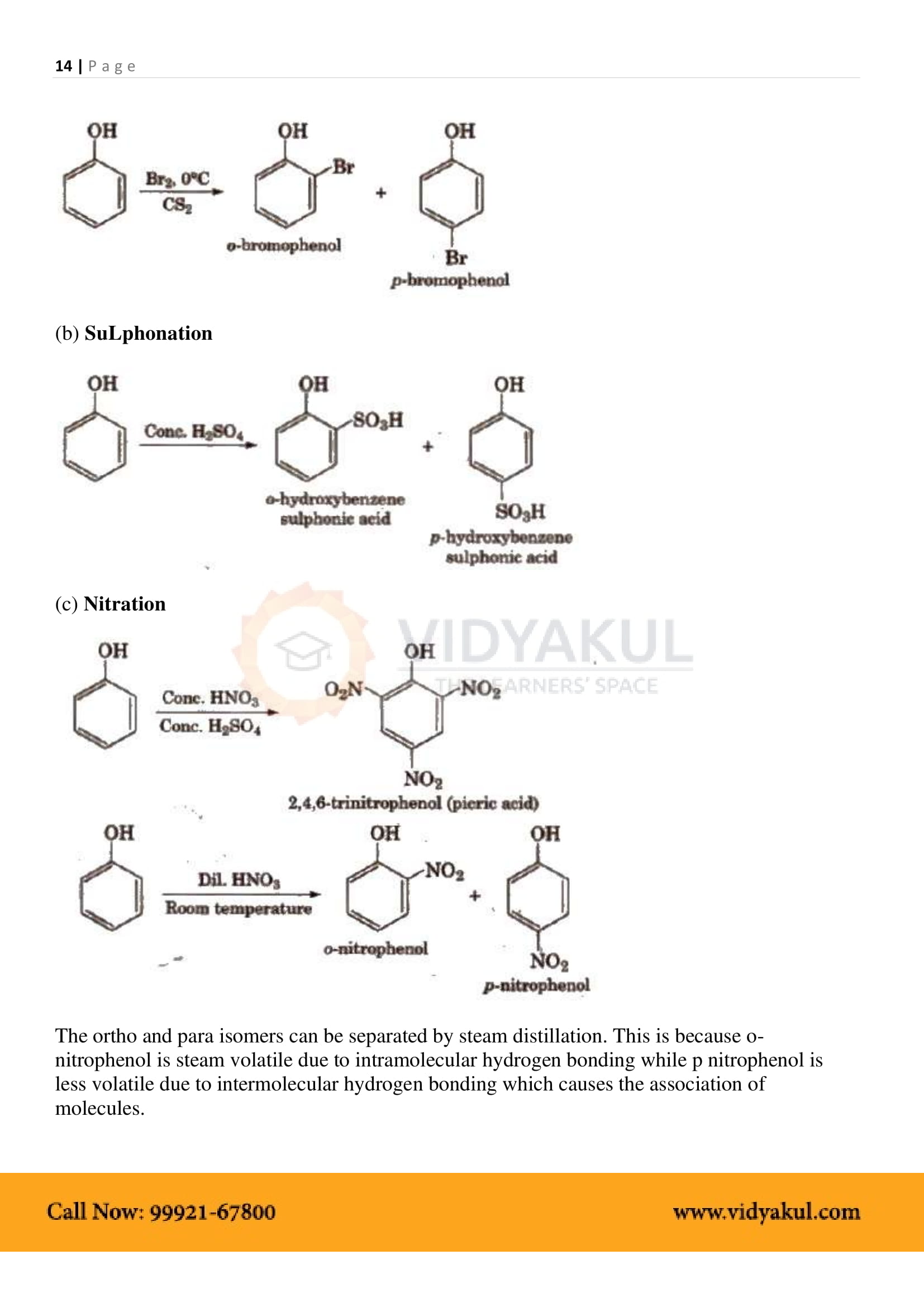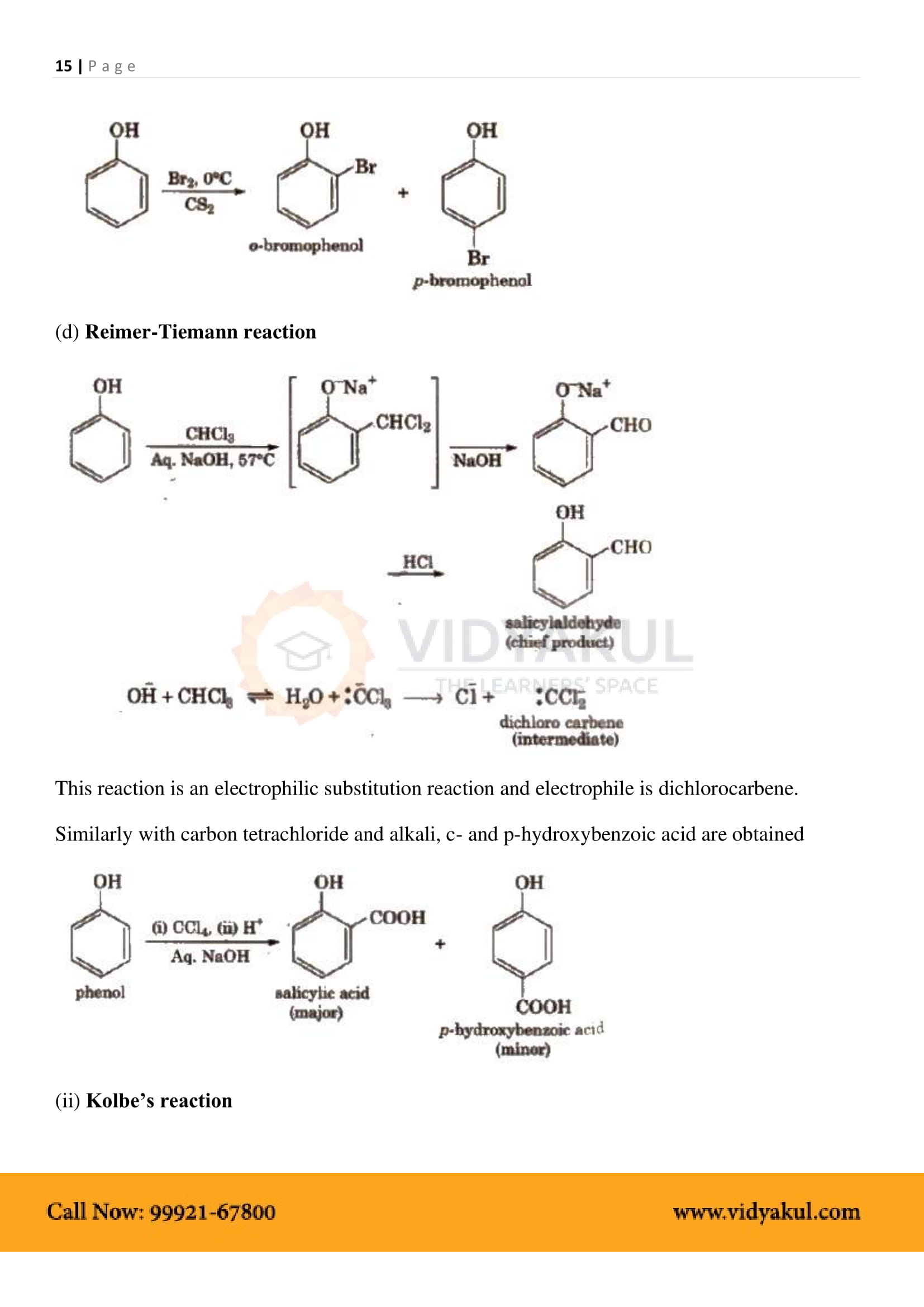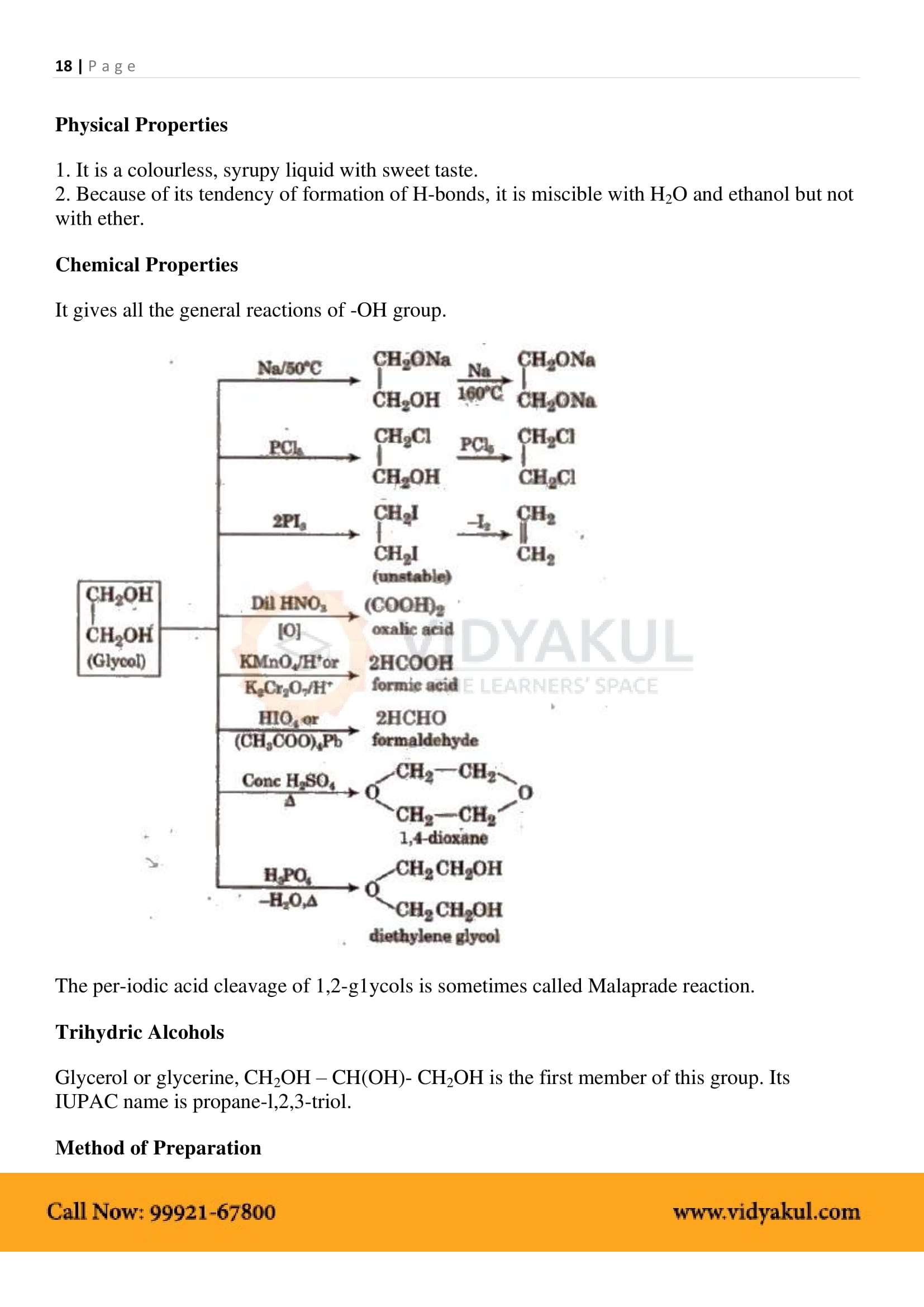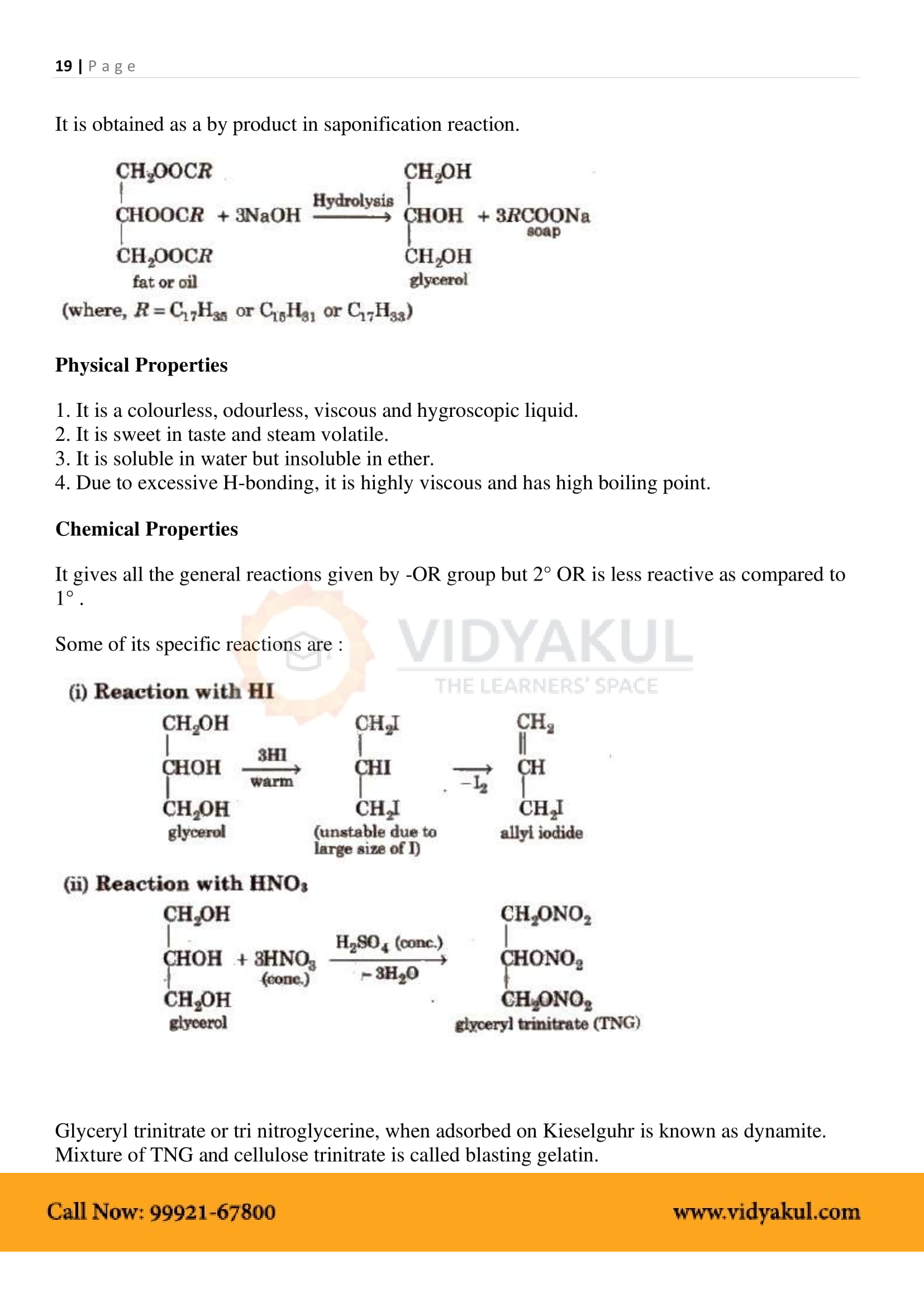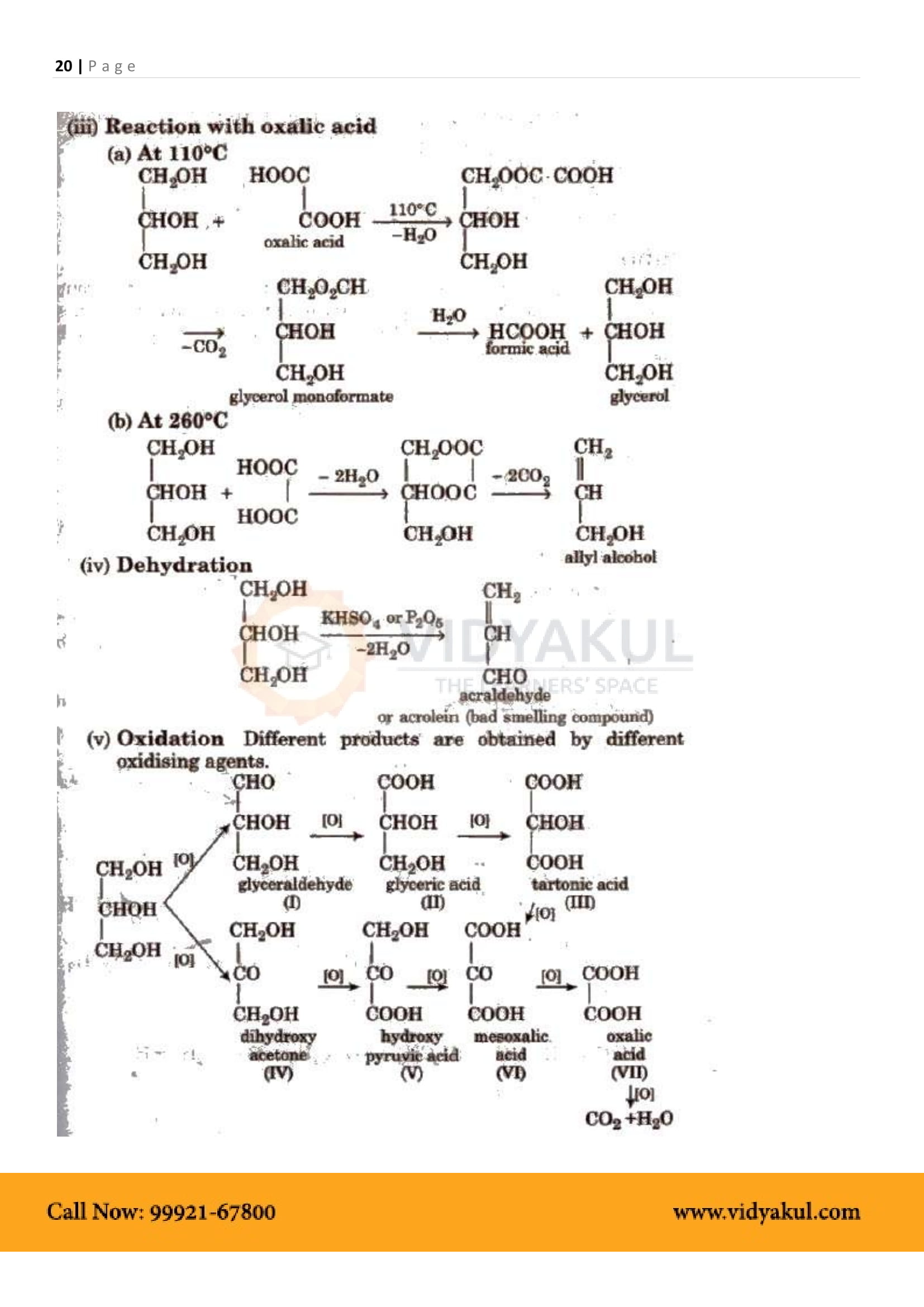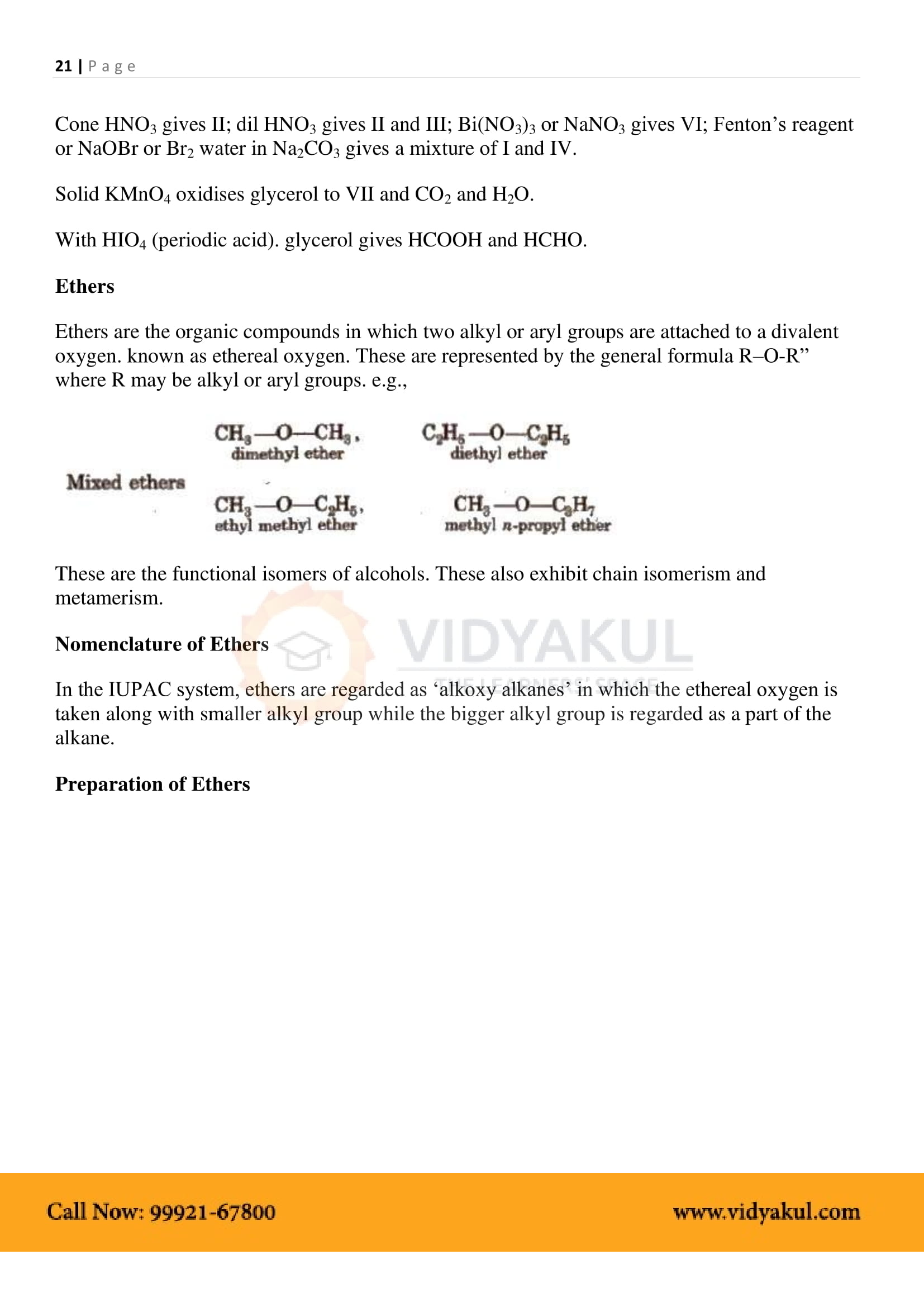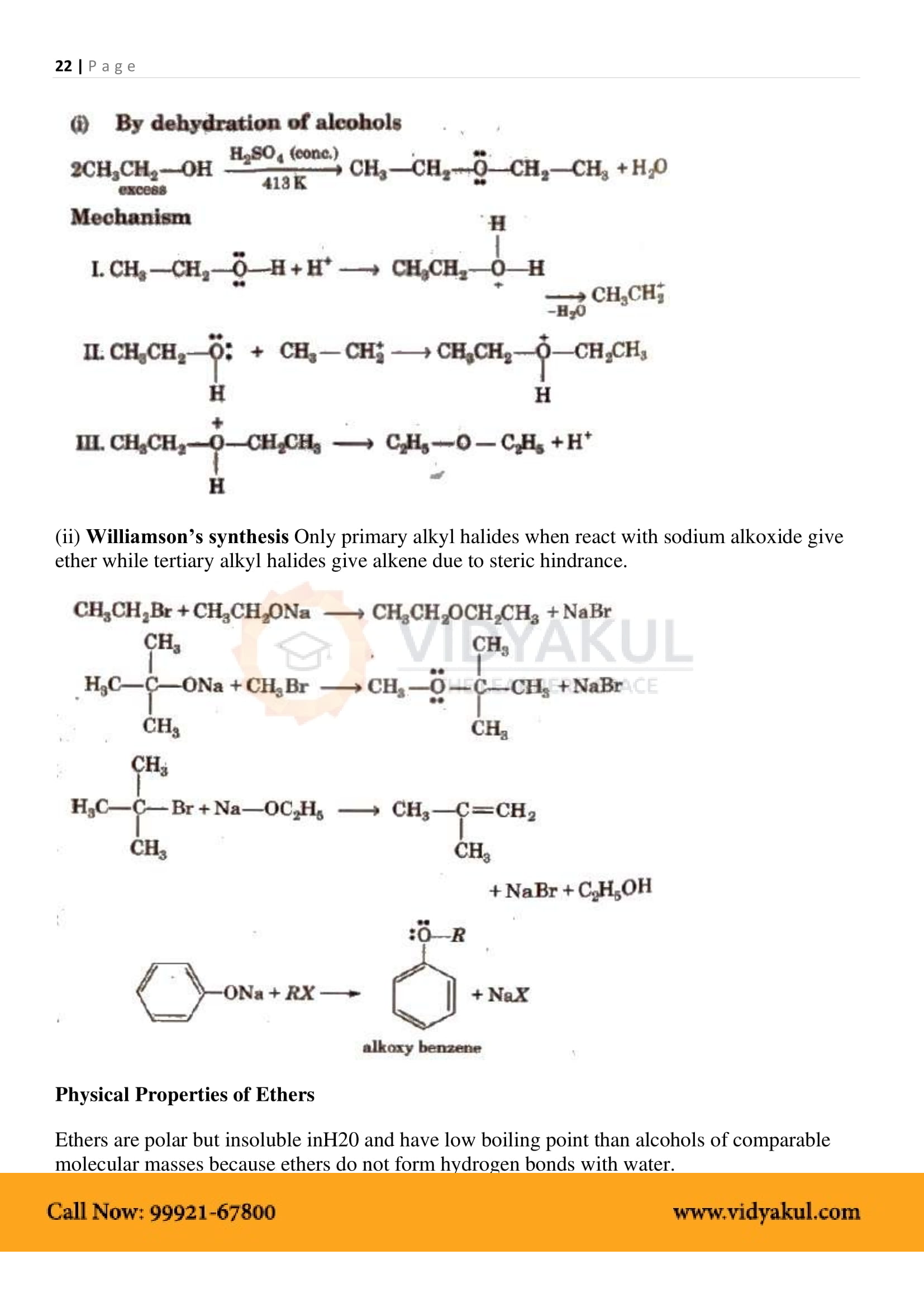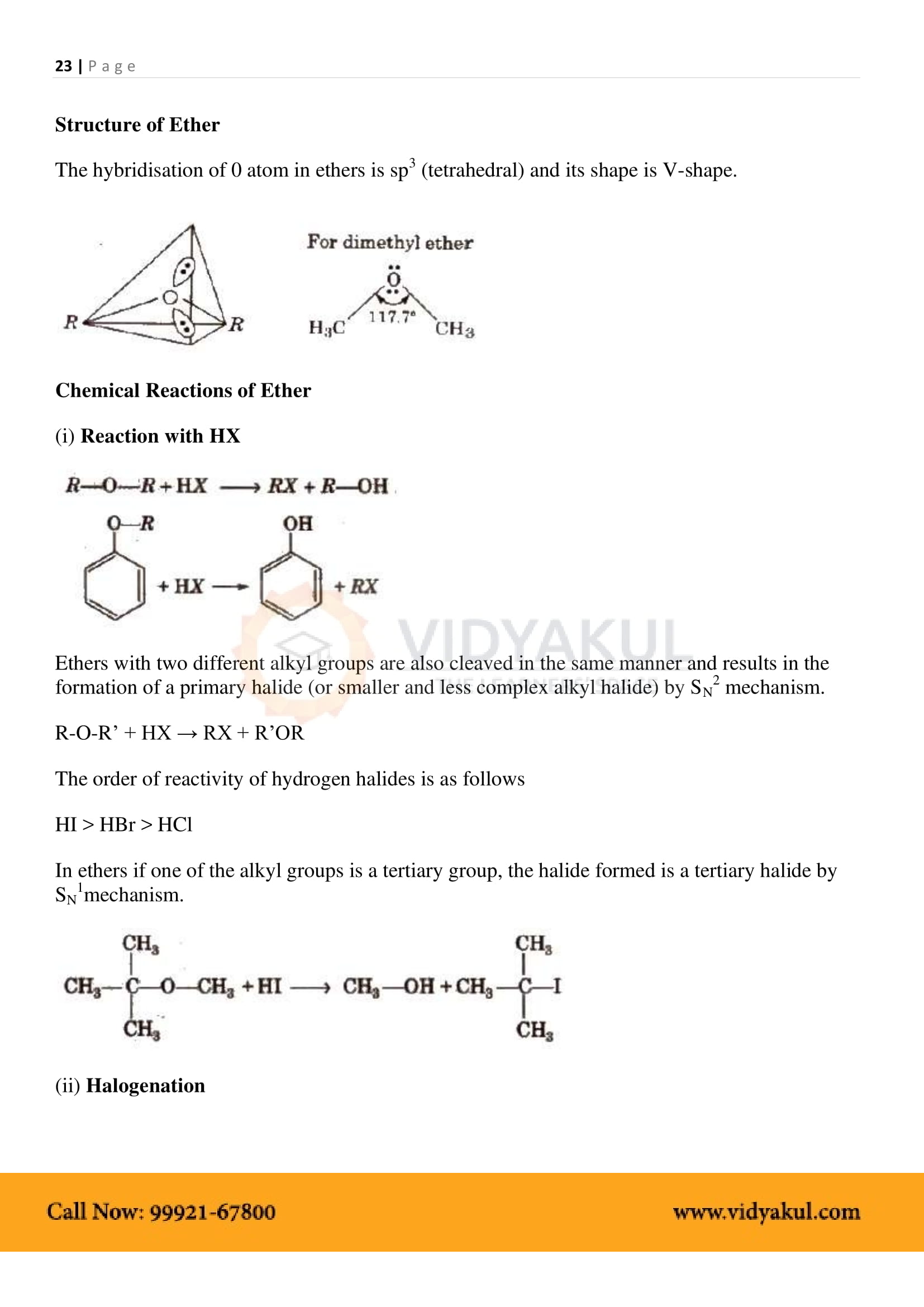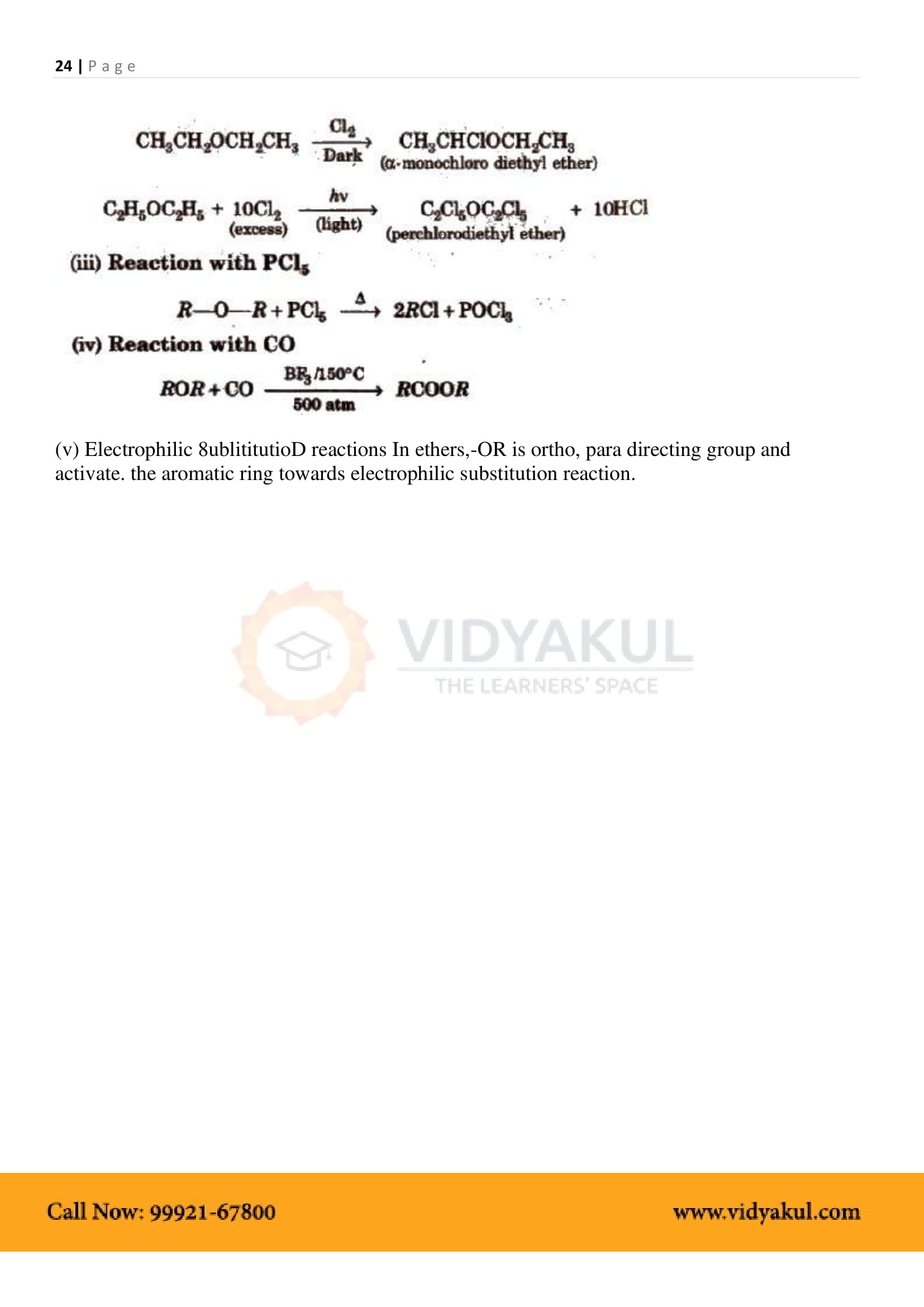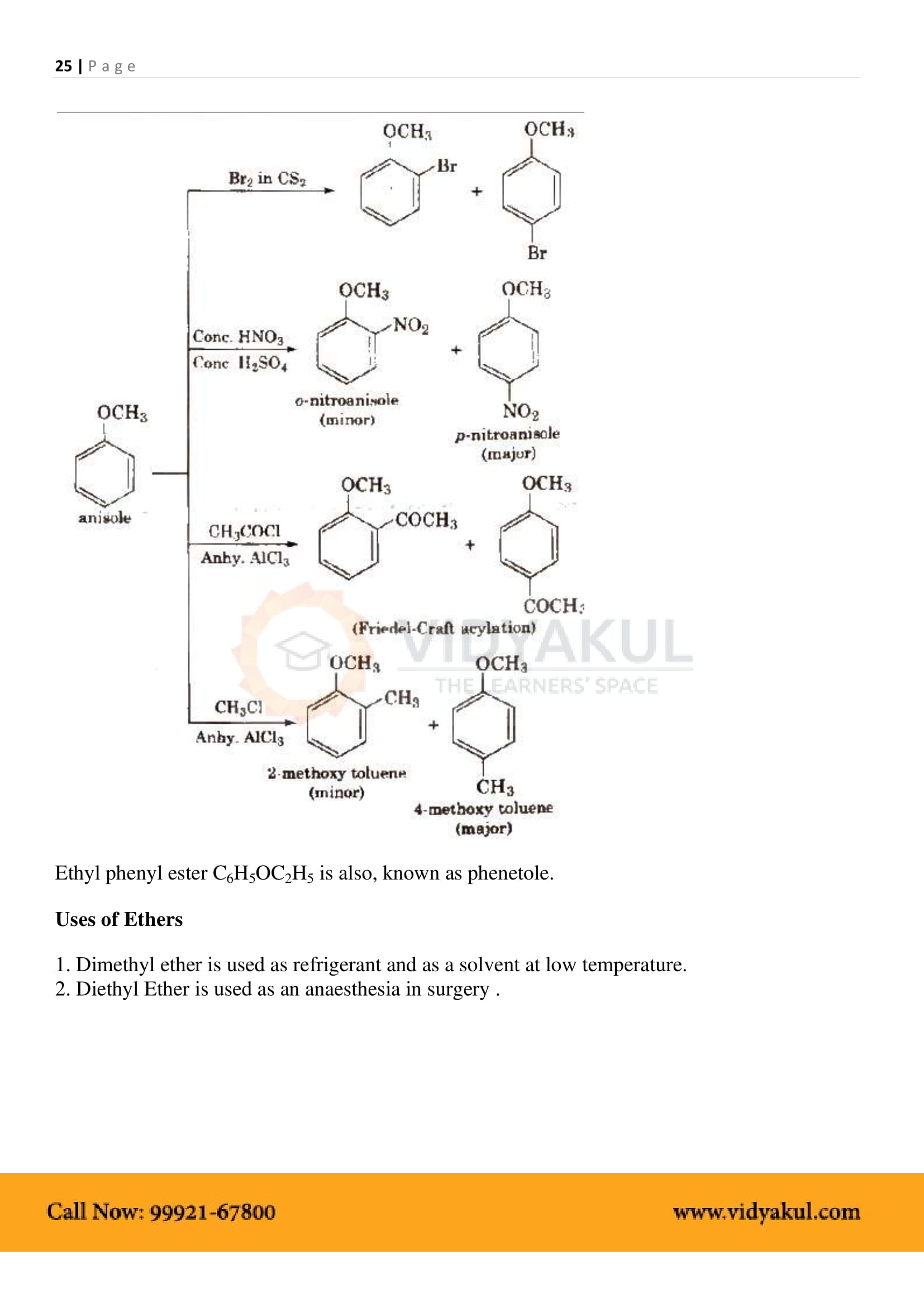Alcohols, Phenols and Ethers Class 12 Notes

Class 12 Chemistry Chapter 11 Alcohols, Phenols and Ethers Notes- Pdf Download
Chapter 11 Alcohols, Phenols, and Ethers
Chapter 11 Chemistry Grade 12 are Alcohol, Phenol, and Ether. These NCERT notes are prepared according to the latest program. NCERT notes are extremely important for reinforcing one's concepts, imagining tricks, learning them quickly, and preparing short review notes.
In this chapter, students will learn about classification, functional group structure, alcohols and phenols, some of the commercially important alcohols, and ethers. In this article, we have provided all the important 11-chapter Chemistry NCERT notes for you to practice.
CBSE CLASS 12th CHEMISTRY 11 NOTES
Points to Remember
IUPAC names for compounds are given below. Write their structure
Cyclopent-3-en-1-ol
2-Ethoxy-3-methylpentane
2-Methylbutan-2-ol
4-Chloro-3-ethylbutan-1-ol
The boiling point of propanol is higher than hydrocarbon, butane. Explain.
Show the synthesis of cyclohexylmethanol by using an alkyl halide in an SN2 reaction.
Explain Kolbe’s reaction with an example.
Which is more acidic between ortho nitrophenol and ortho methoxyphenol? Why?
Ethanol has a higher boiling point when compared to methoxymethane? Explain.
What will be the equation for the reactions given below?
Nitration of anisole
Friedel-Craft’s acetylation of anisole
Topics and Sub-topics
Chapter 11 Grade 12 Chemistry Alcohols, phenols and ethers are an important topic because they are widely used in organic chemistry. They have always been part of some natural component and understanding their nature and function is essential to understanding chemistry as it is and also being prepared to learn more complex subjects at different levels. higher class.
Vidyakul NCERT notes provides answers to each question in the text. Students can tackle the questions by unit or by topic and continue to study them to perfection. The topics and subtopics included in Alcohol, Phenol and Ete Chapter 11 of NCERT Grade 12 Chemistry are as follows.
Download this solution for FREE Download This PDF
Important Links:
Few Important Questions
What are the uses of alcohols?
1. Alcoholic Drinks/drugs2. Industrial methylated spirits.3. Use of ethanol as a fuel. 4. Ethanol as a solvent. 5. Methanol as a fuel.
What are the properties of Haloalkanes?
1. Colourless/odorless 2. Hydrophobic 3. Reactive in nature 4. Undergo substitution, elimination, and reduction reactions
What is a ‘Tertiary alcohol’?
A tertiary alcohol is a compound in which a hydroxy group, ‒ OH, is attached to a saturated carbon atom which has three other carbon atoms attached to it.
Practice Questions
IUPAC names for compounds are given below. Write their structure
Cyclopent-3-en-1-ol
2-Ethoxy-3-methylpentane
2-Methylbutan-2-ol
4-Chloro-3-ethylbutan-1-ol
The boiling point of propanol is higher than hydrocarbon, butane. Explain.
Show the synthesis of cyclohexylmethanol by using an alkyl halide in an SN2 reaction.
Explain Kolbe’s reaction with an example.
Which is more acidic between ortho nitrophenol and ortho methoxyphenol? Why?
Ethanol has a higher boiling point when compared to methoxymethane? Explain.
What will be the equation for the reactions given below?
Nitration of anisole
Friedel-Craft’s acetylation of anisole
